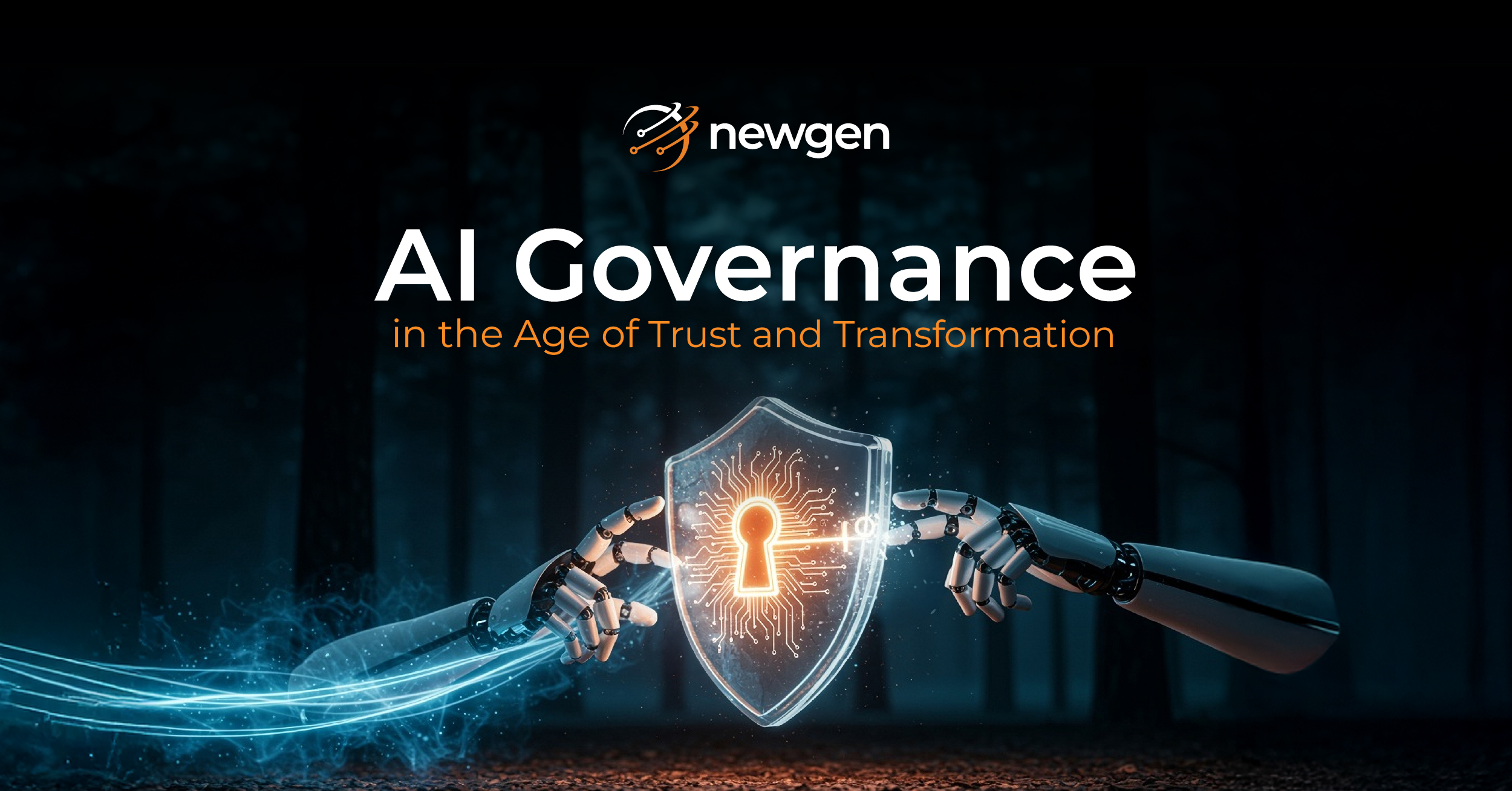Remember the times when old sci-fi movies would predict the future of technology. Well, it’s interesting to note that some sci-fi flicks are a reality today.
Today in the information age, digital drives us forward and to say that future of government is paperless makes all sense. To realize a paperless office, automated processes is the key. E-office is a step forward towards paperless and automated administration. With an aim to significantly improve operational efficiency, bring transparency and better visibility in overall processes, a recent directive from Prime Minister’s Office to all ministers is to go paperless. And, this has set the pace for e-office implementation across government departments.
Script to Movie: BPM to E-Office
E-office automates and transforms a diverse range of administrative processes. It transforms day-to-day government operations like managing end-to-end correspondences, handling RTI queries, building consolidated knowledge repository, scheduling meetings to facilitating audits.
The key to a good sci-fi movie is its script. Similarly, for an e-office to successfully offer all the above administrative reforms, robust Business Process Management (BPM) is the key. Government workflows exhibit some unique characteristics; they require high collaboration, adherence to SOPs and routing of documents for approvals. To realize such needs choosing BPM as a platform can help in number of ways:
- Adaptive workflows – Create easy-to-use and flexible workflows based on your department’s needs. In case, the workflow does not generate expected outputs; it allows you to analyze and re-define workflows.
- Seamless integration with content management system – Government processes are essentially document intensive. BPM’s easy integration capabilities with Enterprise Content Management (ECM), serves as a one-stop-solution for handling paper and electronic documents. Further, imaging capabilities and on-mobile access allows anytime-anywhere scanning and sharing of documents.
- Real-time monitoring and tracking capabilities – BPM offers an environment of continuous process improvement. The intuitive dashboards facilitate tracking and monitoring. This results in identifying issues or bottlenecks in the processes, thereby, enabling better functioning of a department.
- Manage large implementation with high volumes – In case of a statewide secretariat automation, involving transformation of processes across multiple departments within a state, a system with concurrency capabilities for more than 5000 users is needed. A proven BPM platform as foundation will enable e-office to seamlessly take this load and also scale up if needed.
What the future holds?
Sci-fi movies such as Star Trek or The Jetsons were ahead of time and predicted the future of technology. An e-office based on a robust BPM can meet existing business needs but can it cope with future requirements?
Use of new technologies can enable e-office to overcome the limitations of a manual system and offer the following:
- e-office on mobile – The key to ensure better governance is mobility. With officials continually on-the-go, a mobile application for e-office can ensure continuous connectivity and reduced approval cycle times
- Monitoring and synchronizing movement of physical files – Integrated RFID system can help in real-time monitoring and tracking movement of files from one department to another, restricting illegal access and synching with the electronic copy
- Managing rich content – A futuristic e-office should support rich content formats and allow users to view videos through online streaming on their mobile apps
- Interoperability across departments/ministries– Currently, e-office implementation is department or ministry specific. The future would demand for an extensive integrated eco-system. File exchange between ministries or departments would not depend on physical or email based communication, the open standards and protocol would allow for seamless information exchange across systems
- Advanced Security Measures– An advanced e-office system should offer capabilities such as restricted access, digital rights management, digital signature and encryption
- Easy-to-use interface – A modern system offers user-friendly solutions such as digital writing pad or allows using an audio/video recording for recording decisions, enabling seamless transition from paper-based to computer-based environment
Paperless is the future and should be adopted at an early stage, to reap its benefits. With government opting for change management, there is a need to deploy systems, addressing current business needs but also scalable to fulfill future requirements. With BPM as foundation, it helps you in connecting your systems, processes, people and things. So, it is imperative to select a trusted business partner, who will help you realize a paperless future.
You might be interested in




